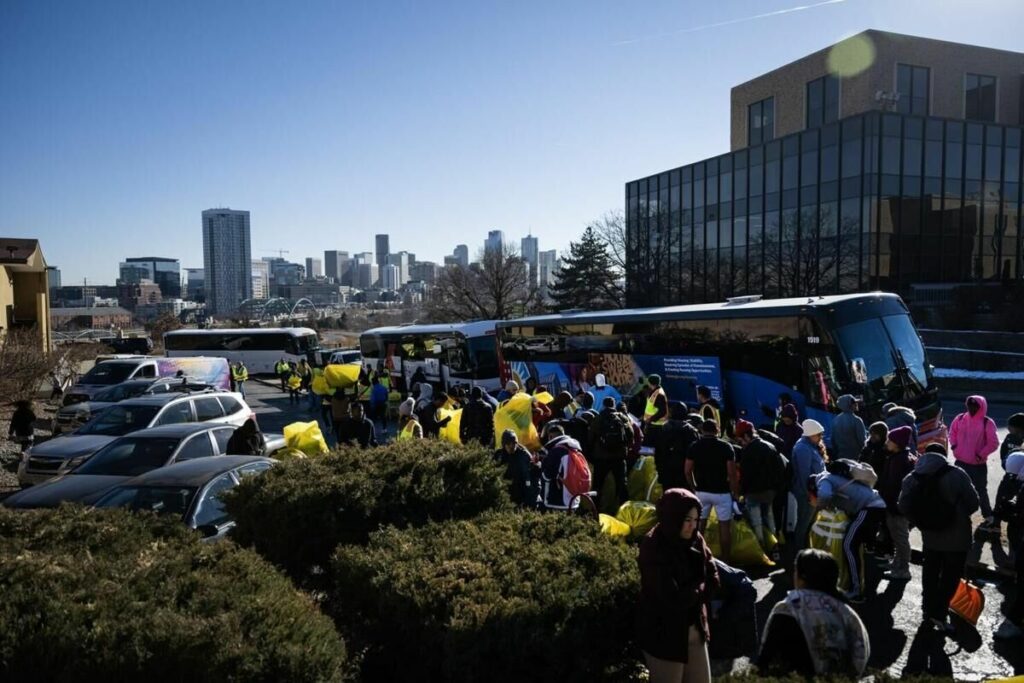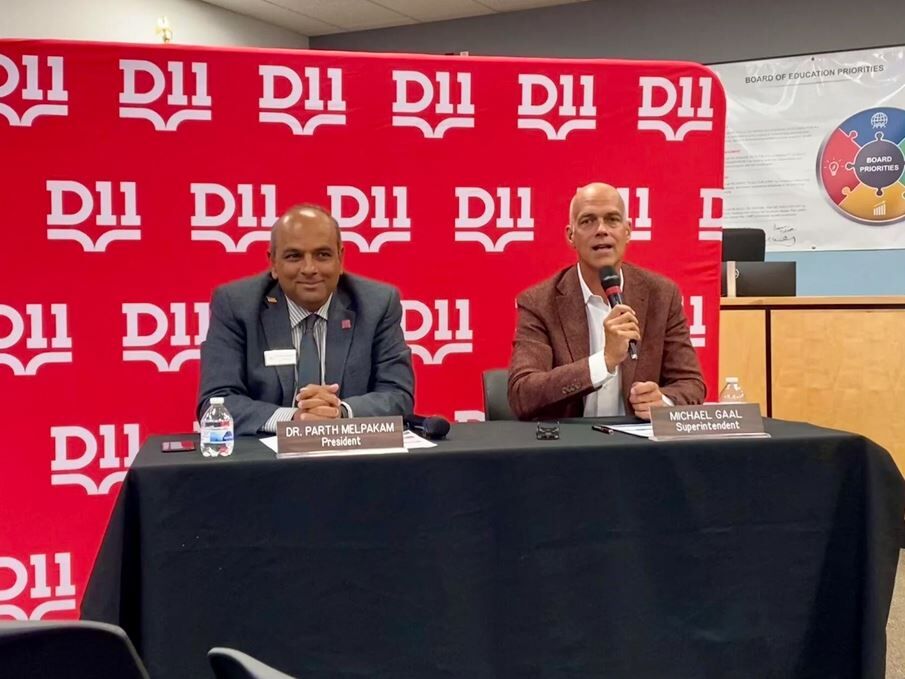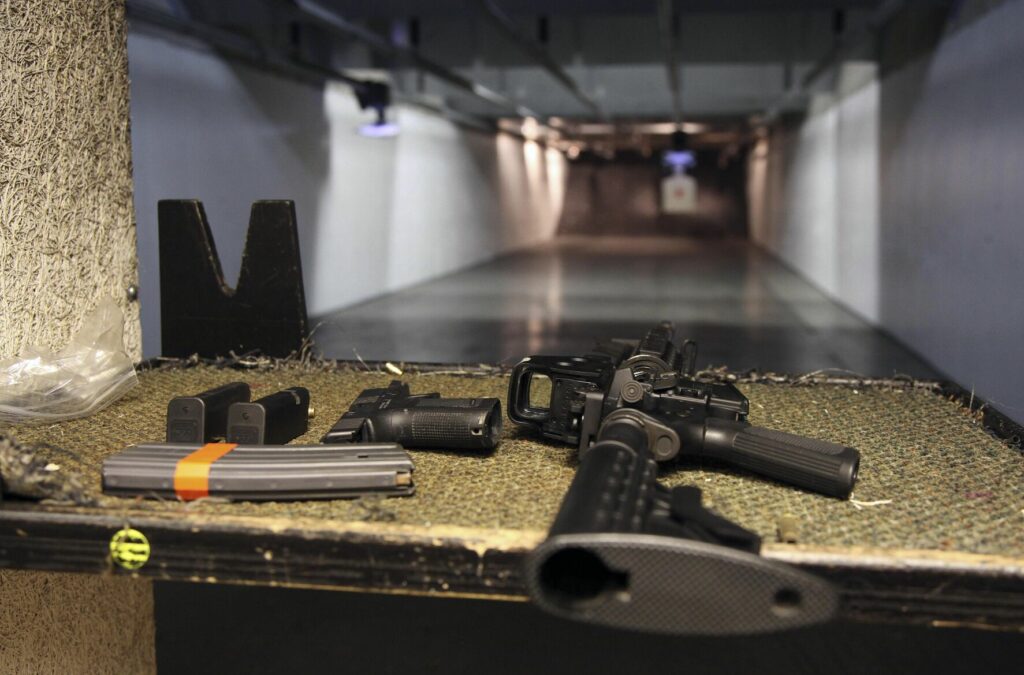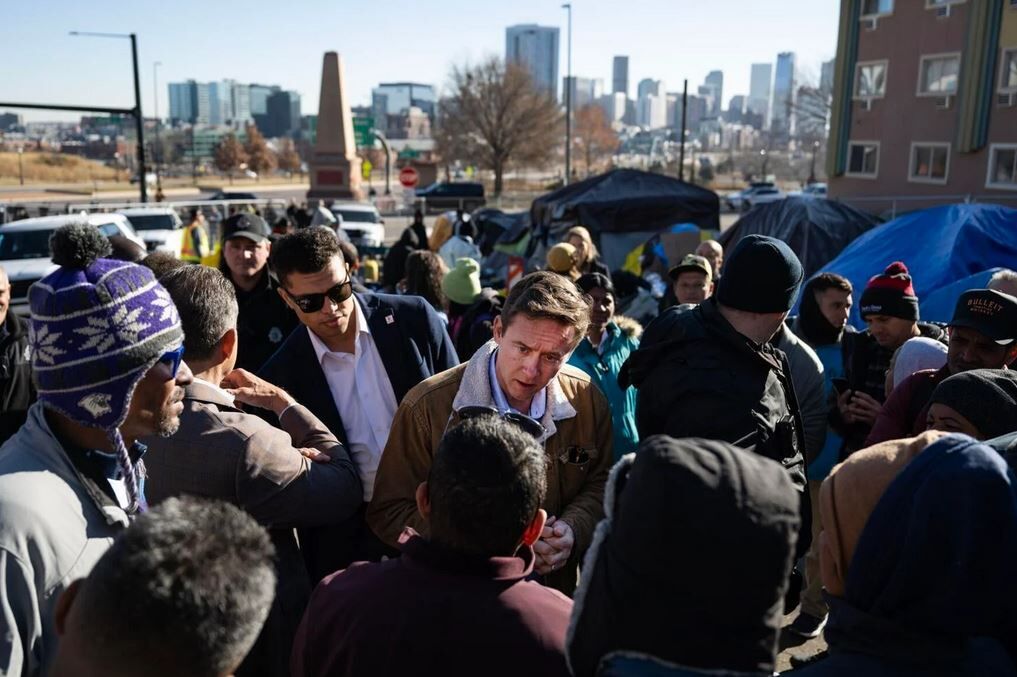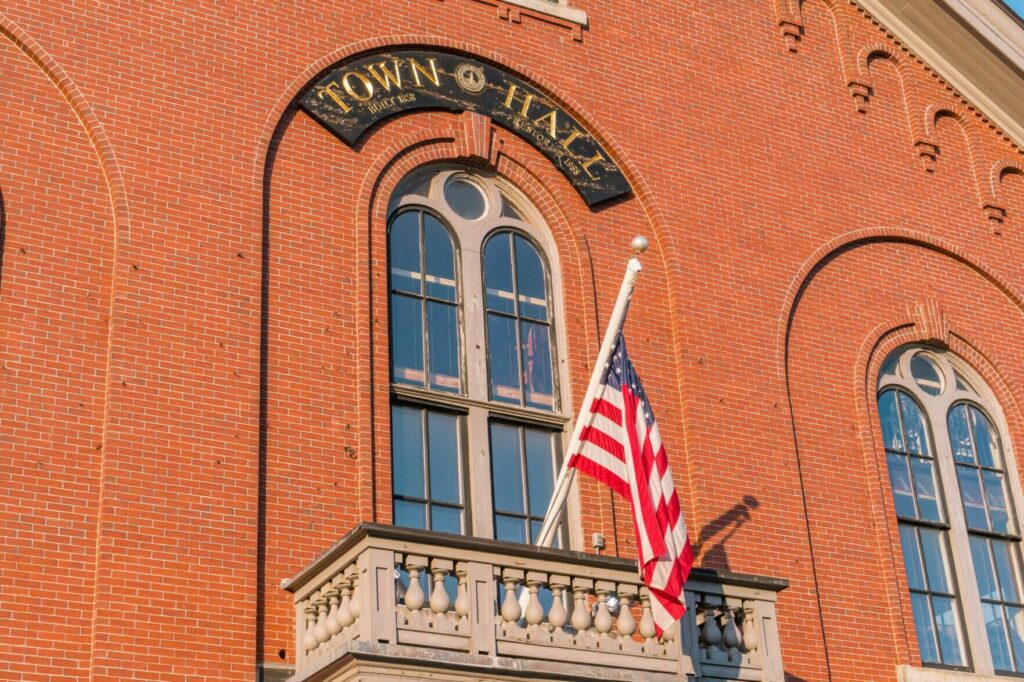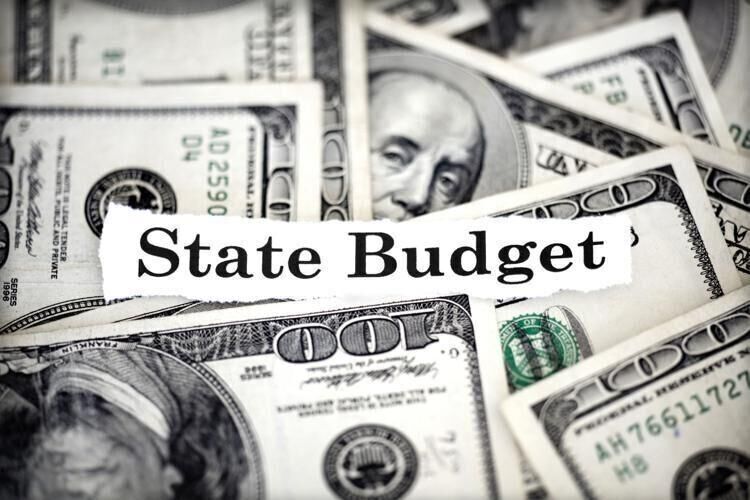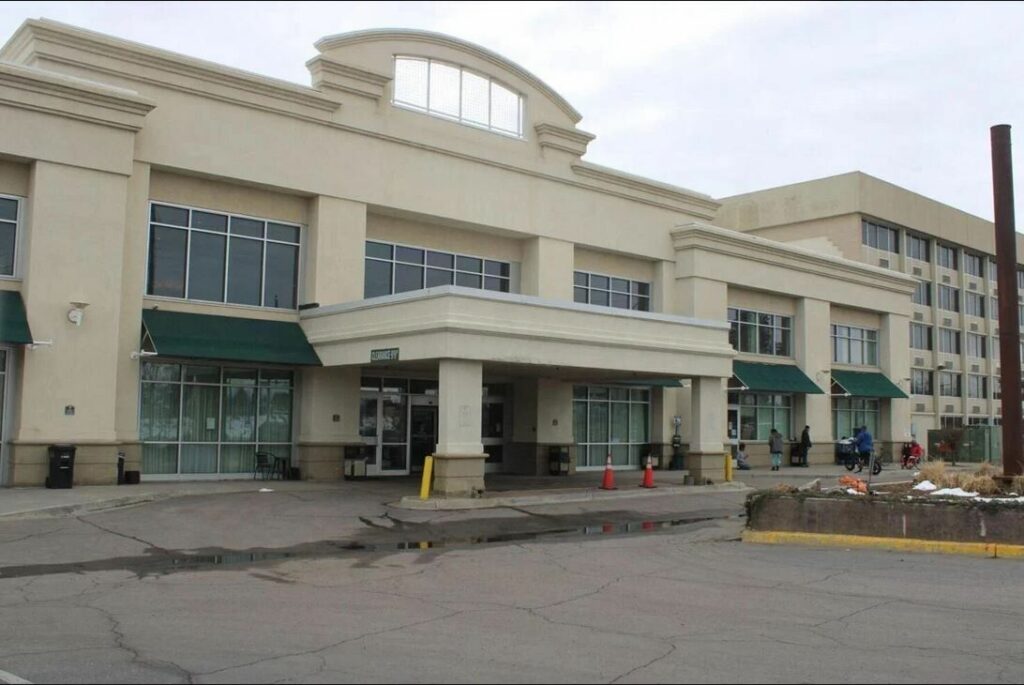Denver Gazette: ‘CRT’ by another name is still CRT
Out of the blue, an awkward academic phrase – “critical race theory” – has become fightin’ words. Yet, the warring sides can’t seem to agree exactly what they are fighting over.
Advocates of the “CRT” theory – that racism is the basis of society’s other woes and even its social institutions – insist it isn’t being promoted in those institutions. Definitely not in our public schools, the say. They contend pushback comes from people who simply can’t handle the truth and resent having their presumed “privilege” pointed out to them.
Critics of the credo counter if it were just a theory, it still would be gathering moss on the ivy-covered college campuses where it was spawned decades ago. And no one would care. They say they are upset because they see evidence it is being peddled all around. On the job, in higher ed, throughout pop culture – you name it. And, worst of all, at their kids’ schools.
The harm in that, they say, is it fundamentally distorts reality. It results in unfair outcomes in hiring, promotions, school admissions, government programs and so forth. It winds up stirring more hate by pitting races against one another. It’s also a waste of class time. We agree.
Several state legislatures have voted to ban the teaching of critical race theory in their public schools. And last week, Falcon School District 49 in the northeast Colorado Springs metro area became the first school district in Colorado to ban the theory’s use in its curriculum.
In the months-long debate that led to last Thursday’s split vote by the District 49 school board, the two sides once again talked past each other. Defenders of the status quo, including some district officials, claimed the theory isn’t taught in the district’s schools. District Chief Operating Officer Pedro Almeida called the board majority’s new policy, “a solution to a problem that does not exist.”
Doesn’t exist? Or, is it taught under other labels? Are its defenders protesting too much – and disingenuously splitting hairs over semantics?
Regardless of its label, the real debate here is over what’s actually being taught in class and enunciated by the public education leadership. Undoubtedly, few if any lesson plans will be designated “critical race theory.” Instead, evidence of critical race theory’s alternative reality turns up in many different ways and places.
Our news affiliate The Washington Examiner gathered examples from around the country earlier this year. Among them was a public statement last year by the superintendent of Philadelphia public schools. It read in part: “…it is imperative that we take a laser focus on acknowledging and dismantling systems of racial inequity. For us, this goes deeper and far beyond focusing on individual acts of prejudice and discrimination, but refers to uprooting policies, deconstructing processes, and eradicating practices that create systems of privilege and power for one racial group over another.”
Individual acts of prejudice and discrimination aren’t enough – pretty much a manifesto for critical race theory.
The statement goes on, “…Now, is the time to expand our efforts and take collective action, challenging and changing the ways in which our norms, values, and structures uphold systems of racism. We can no longer be passive or disjointed in our approach. We must be bold and courageous, willing to do the necessary work to acknowledge and disrupt racist ideologies and behaviors within our own lives in an effort to dismantle racism within our school system.”
Philadelphia’s public school enrollment is 52% Black and 21% Hispanic. Philadelphia’s school superintendent, William R. Hite, Jr., who is the author of those provocative words, is Black. So are 11 of his 16 assistant superintendents, his chief operating officer and many other senior execs in the district. Six of the district’s nine school board members are Black, as well.
Is it really plausible that there is, as Hite put it in his message to the community, “racism within our school system” waiting to be dismantled?
It’s essential to teach about tragic historical developments like slavery and segregation. It’s fundamentally another thing to attribute current economic or social challenges – say, homelessness or gaps wealth or in health-care coverage – to those same historical developments of an increasingly distant past. It takes an even more breathtaking leap of logic to assert, as some do, that racism is so embedded in institutions like our justice system, or perhaps our public schools, that it’s part of their foundation.
To call out racism, wherever and whenever, is not only laudable but in fact necessary in a just society. To claim to find racism where no reasonable person of any race would believe it exists, is irresponsible. And to weave it into the curriculum of our schools is also a waste of precious education resources – time and money. D-49 was right to take its stand.



